Reflecting the time of the mid 20th century, mid-century interior design is rooted in functionality and simplicity. The desire to turn away from ornate previous styles caused decor in homes to become more functional and modern.
Mid-century modern home decor is recognisable for its clean lines, a fusion of organic and manmade materials, muted tones, graphic shapes and retro style. Mid-century furniture is often very simple with sleek lines with a focus on functionality and devoid of clutter with wooden or metal pin-style legs. Manmade materials are often used in combination with natural materials, similarly, this fusion of indoor and outdoor is highlighted through incorporating plants and combining bright bold pops of colour with earthy tones rooted in nature.
Add Statement pieces- Choose one or two statement mid-century pieces to build your design around. Use the rest of your design elements like colours, artwork and window treatments to compliment those statement pieces.

Mode Reclaimed Dining Table
Play with colour - With mid-century design, there is more room for experimenting with colour. Mid-century interior design uses bright accent of colours against primary neutral tones of white, black, and wood tones. The mid-century palette uses retro colours like sage green, robin’s egg blue and butter yellow, and colours rooted in nature, earthy greens, bright fall oranges and yellows, muddy browns, sea blue-greens such as aquamarine and teal, and deep clay red. Insert colour into your mid-century space by adding colour accents in your furniture, add a bold rug, hang graphic artworks or place accented dining chairs.
Nature - Ground your design in nature by using interior colours that compliment your view outside. Plants are also a great decorative feature to add a touch of nature to interiors.
Minimalist - Mid-century modern furniture is often very simple with sleek lines and a focus on functionality and uncluttered spaces. Chairs and tables will often consist of simple pieces of material held up by wooden or metal pin-style legs.
Mixing materials and aesthetics - Manmade materials (like vinyl, plastic, lucite, and fibreglass) and natural materials (like wood, glass, metal, and marble) are often used together in mid-century furniture design. You also see modern pieces staged with vintage statement pieces in mid-century modern design.

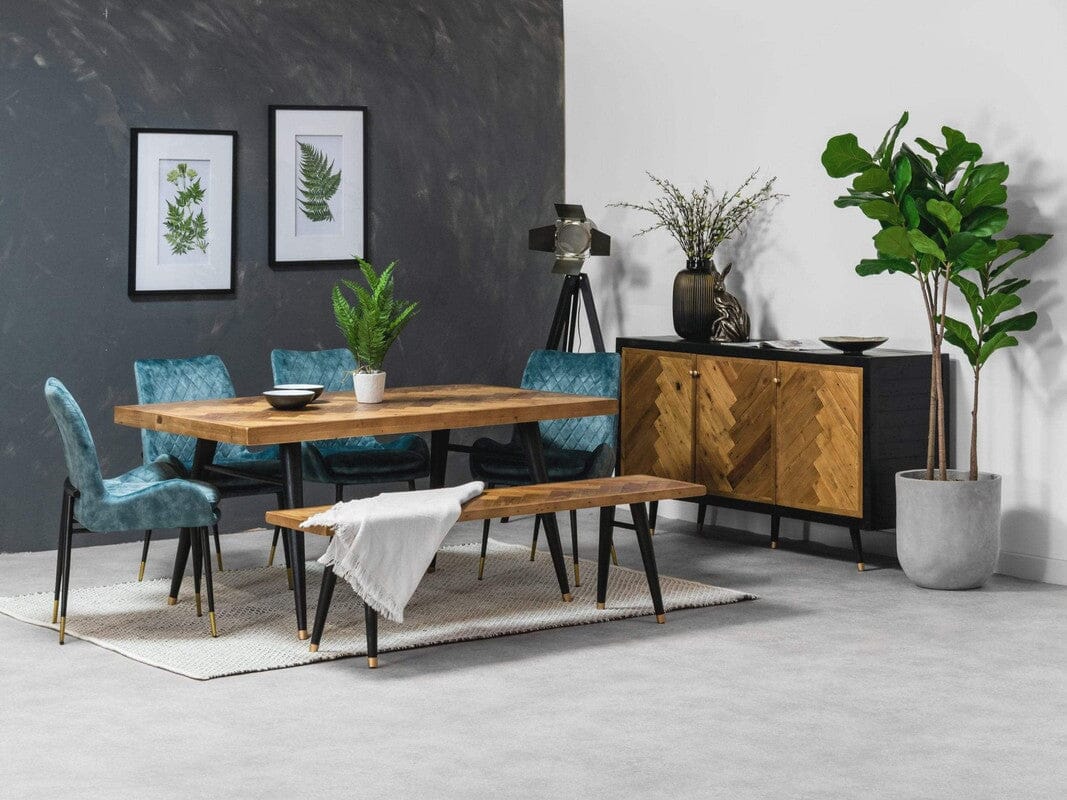
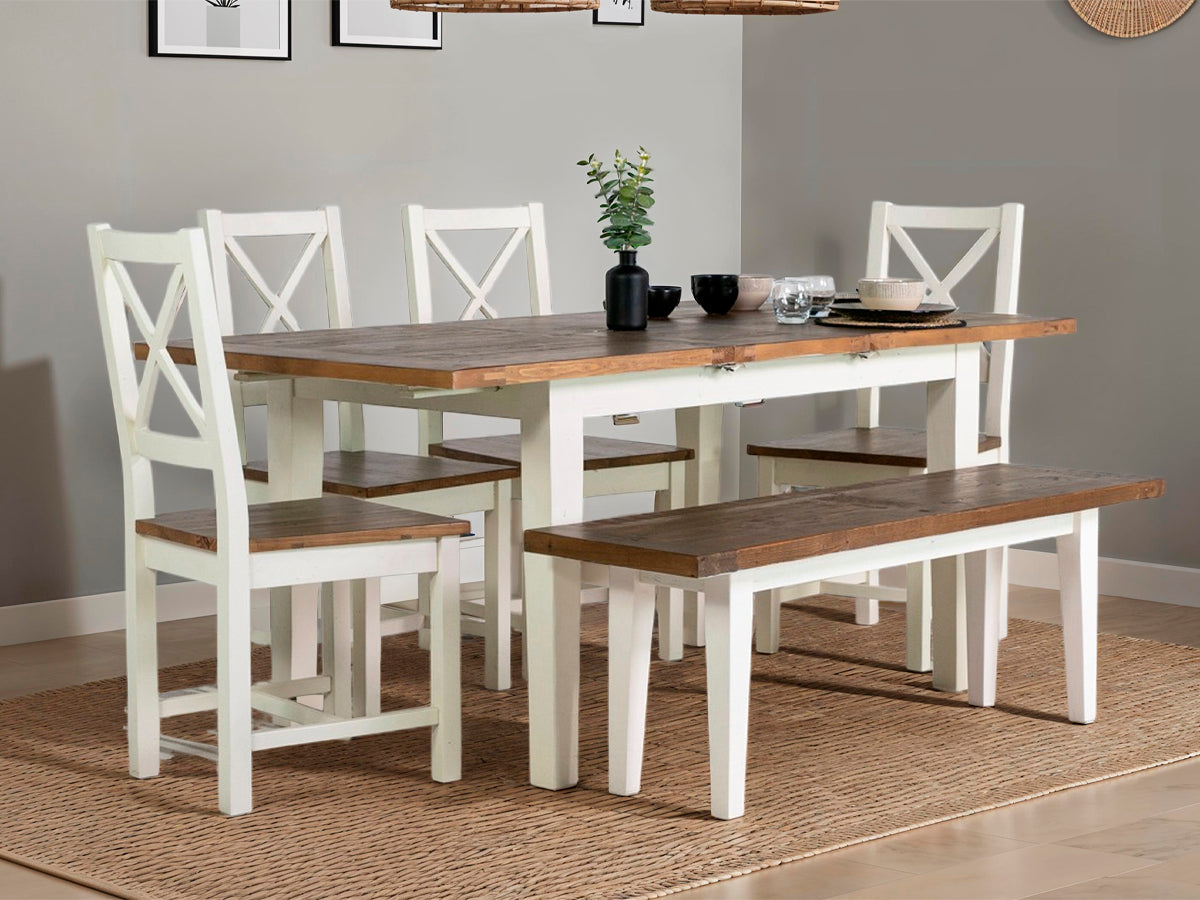
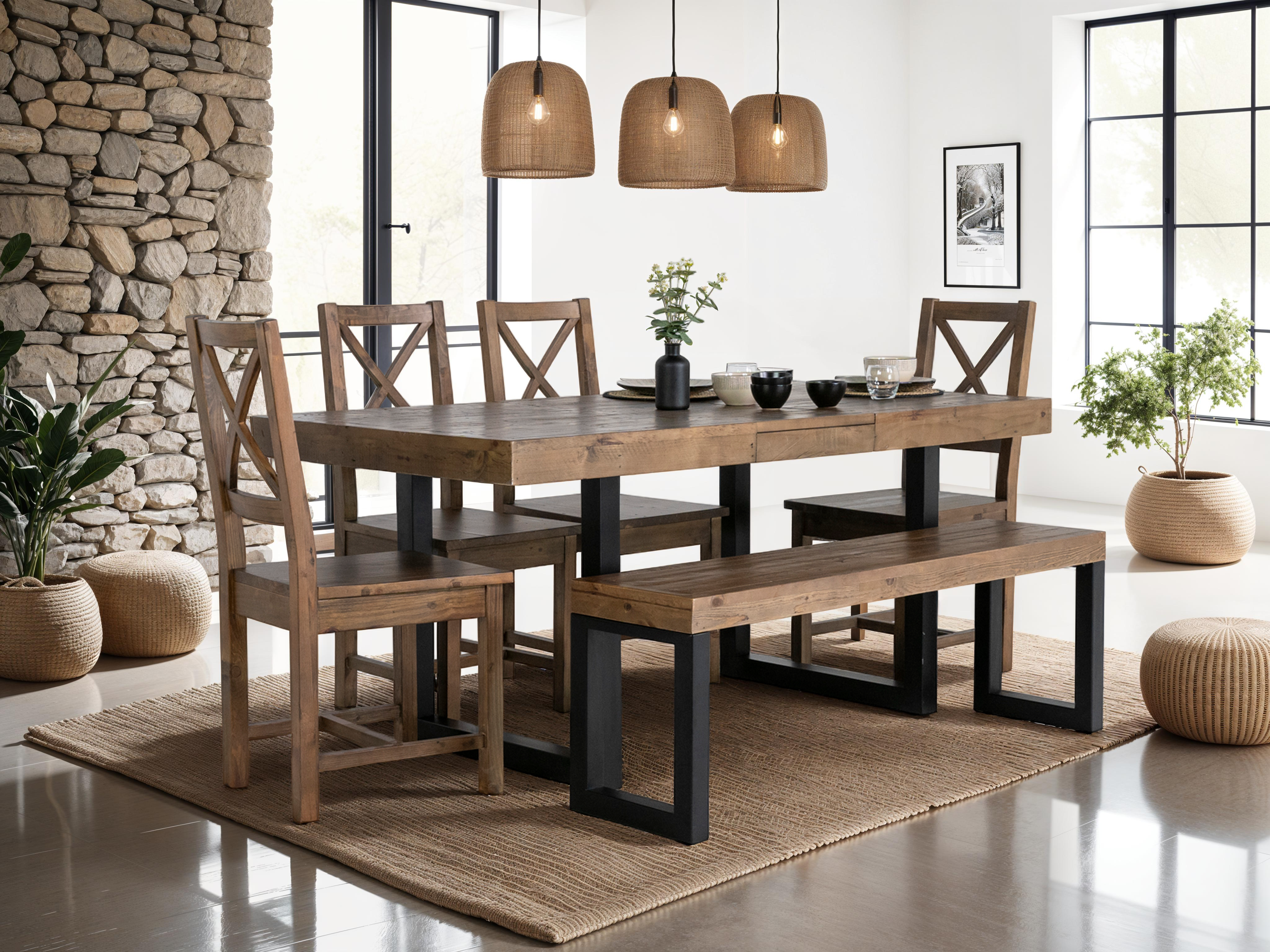
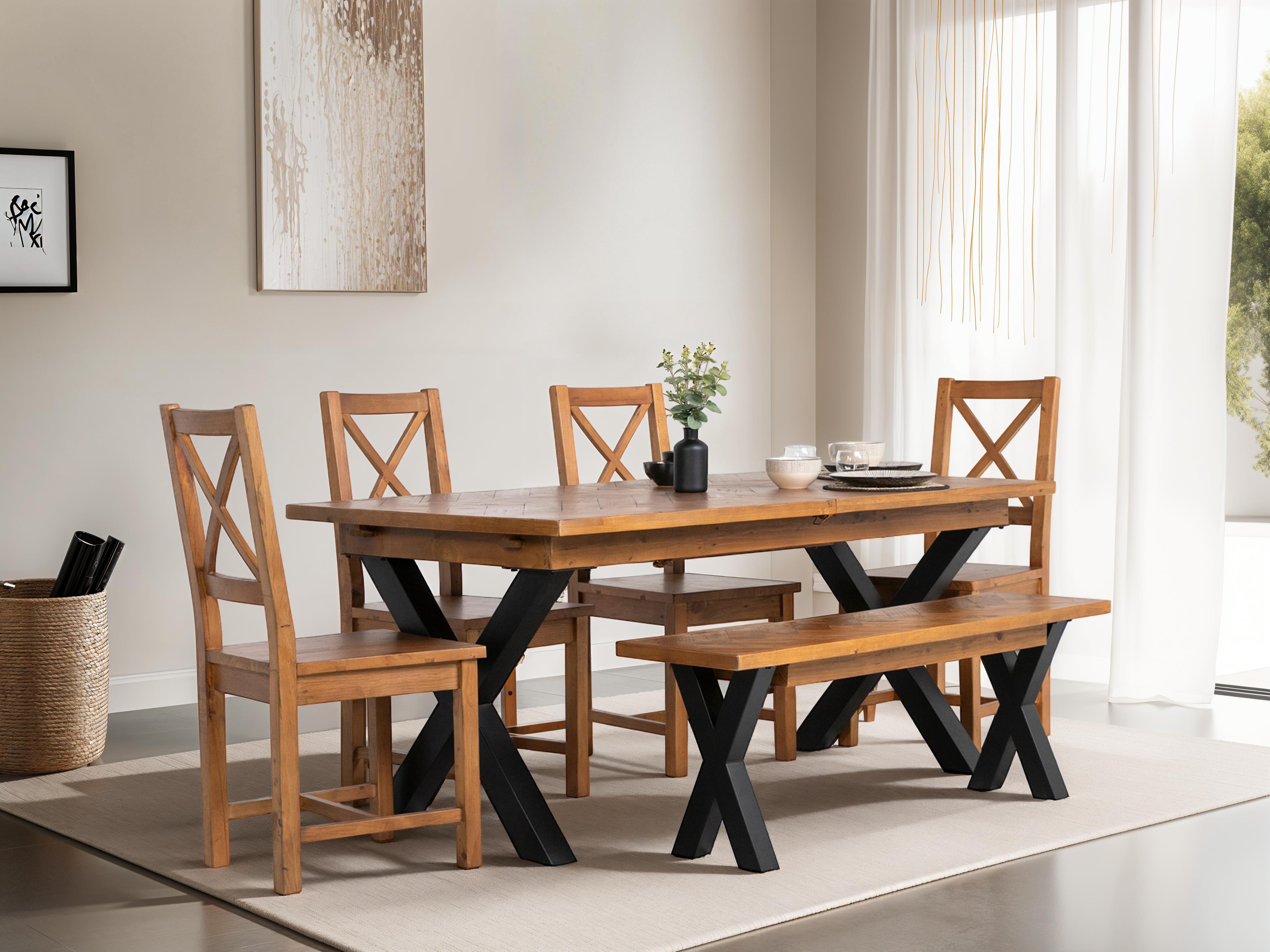
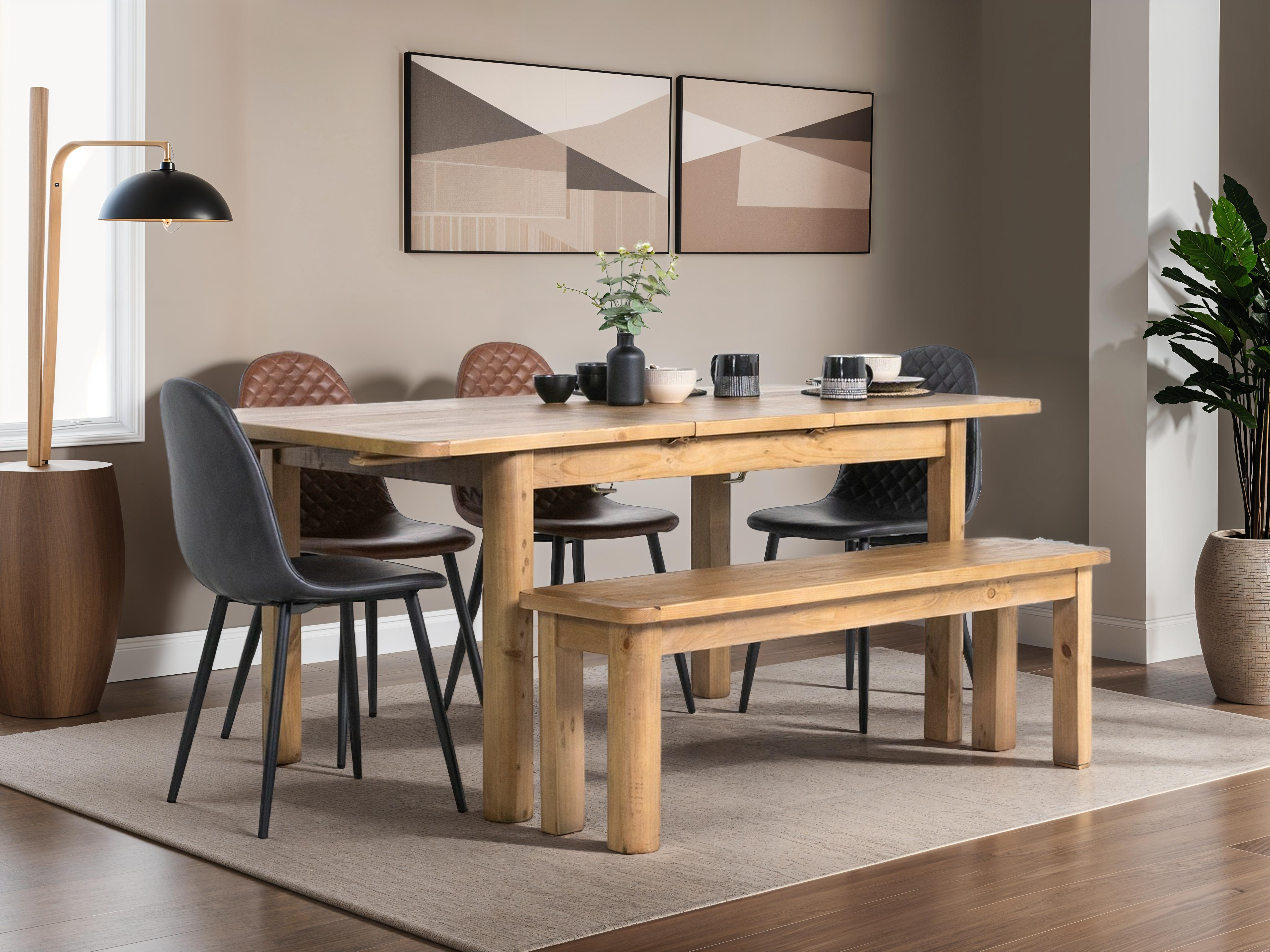
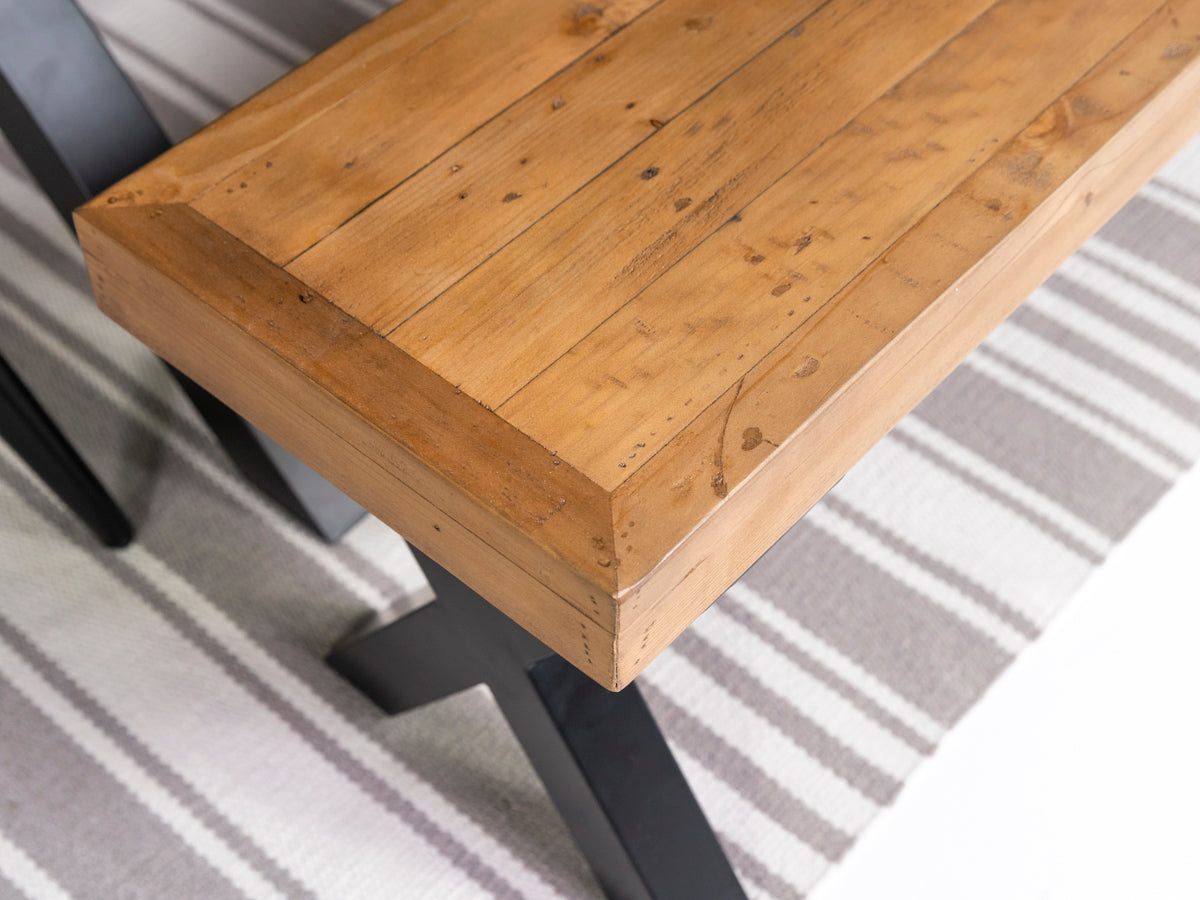
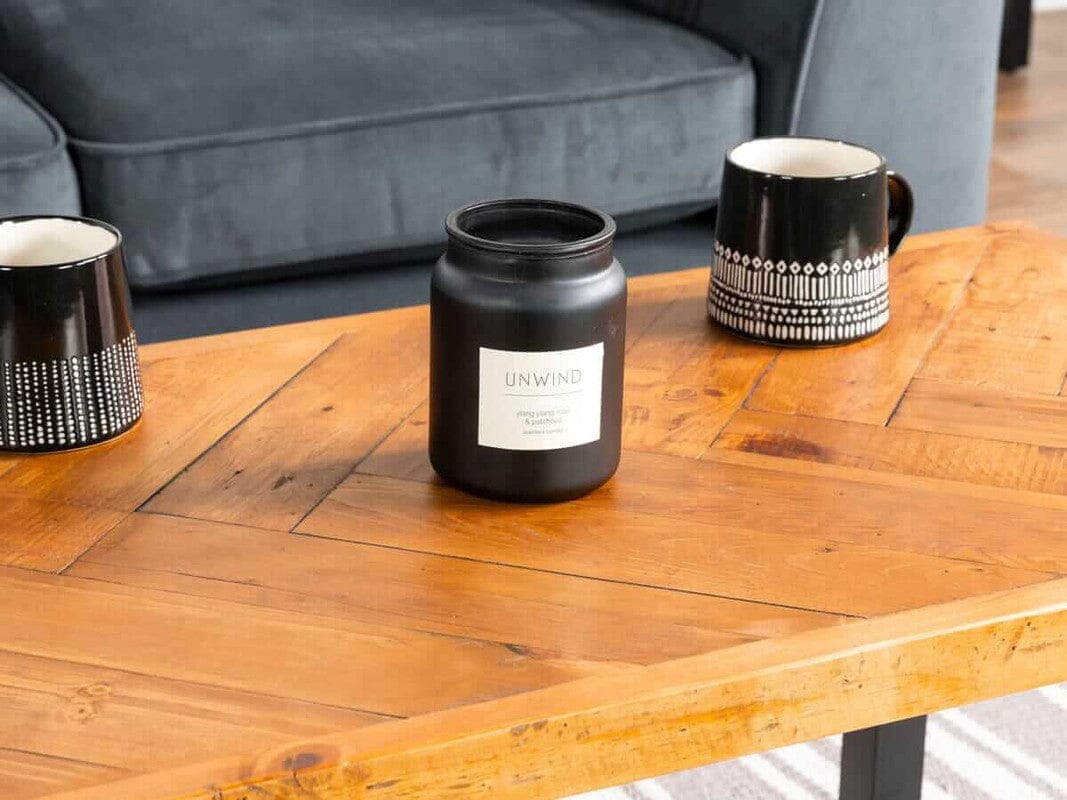
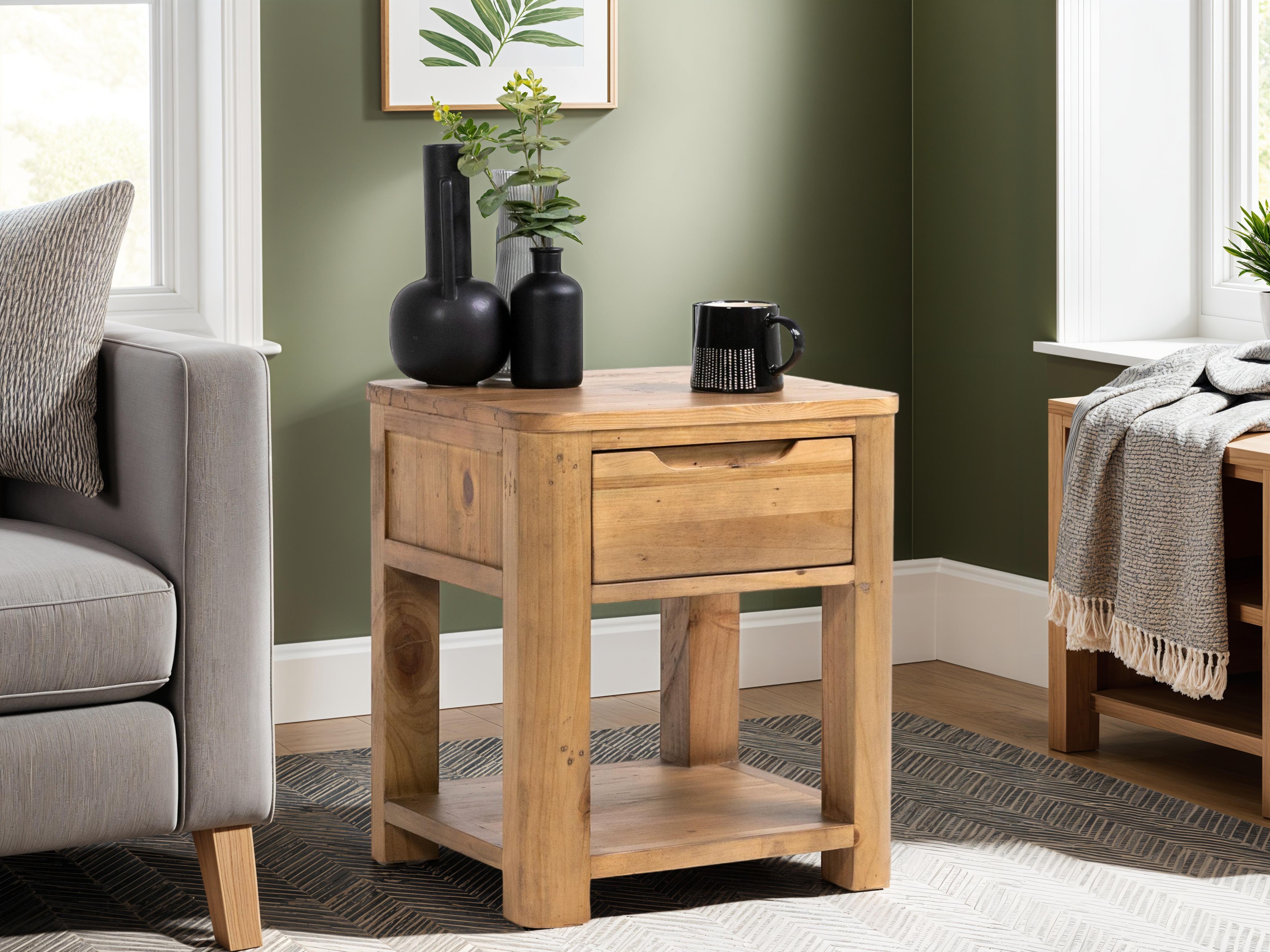
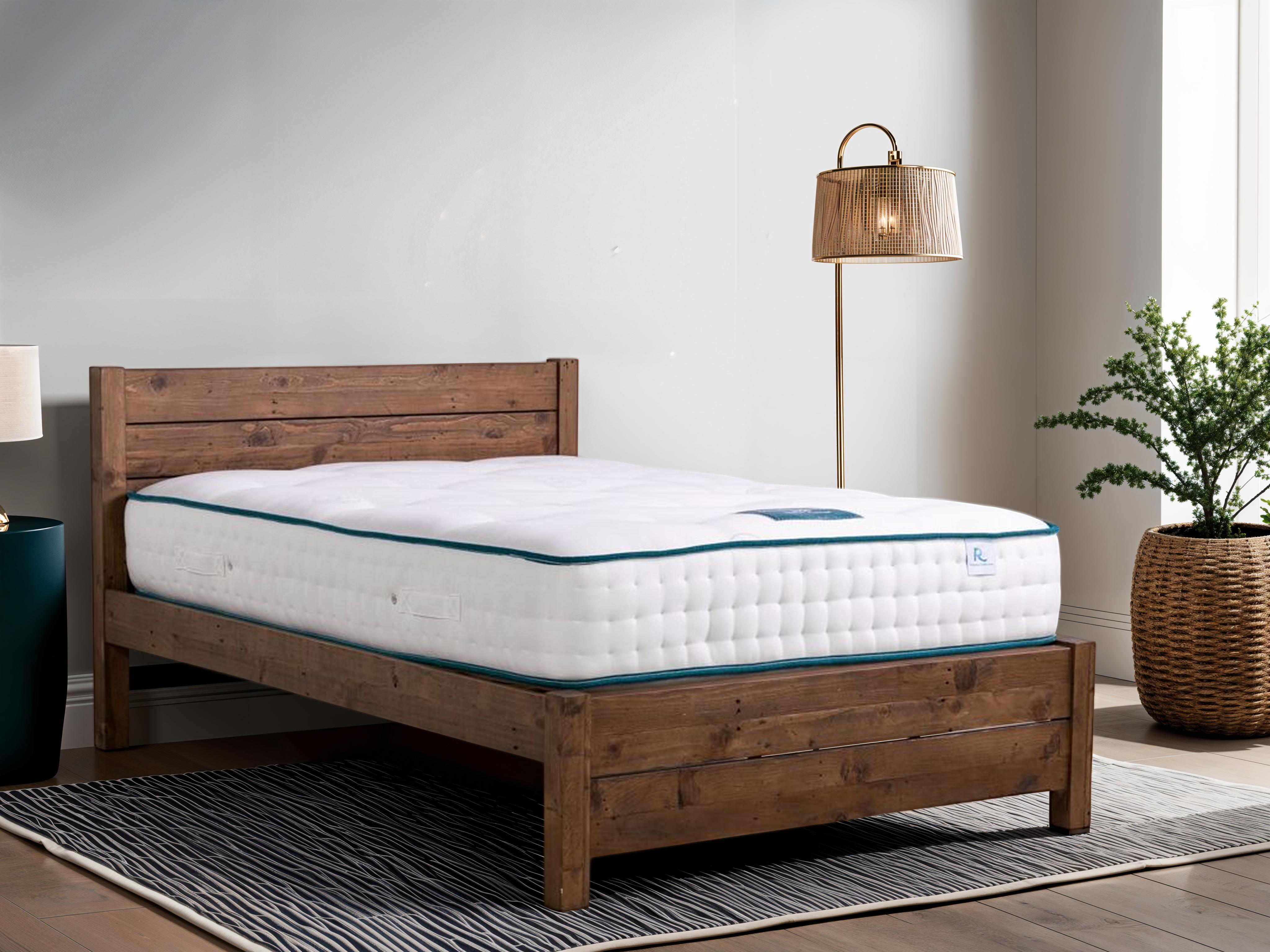
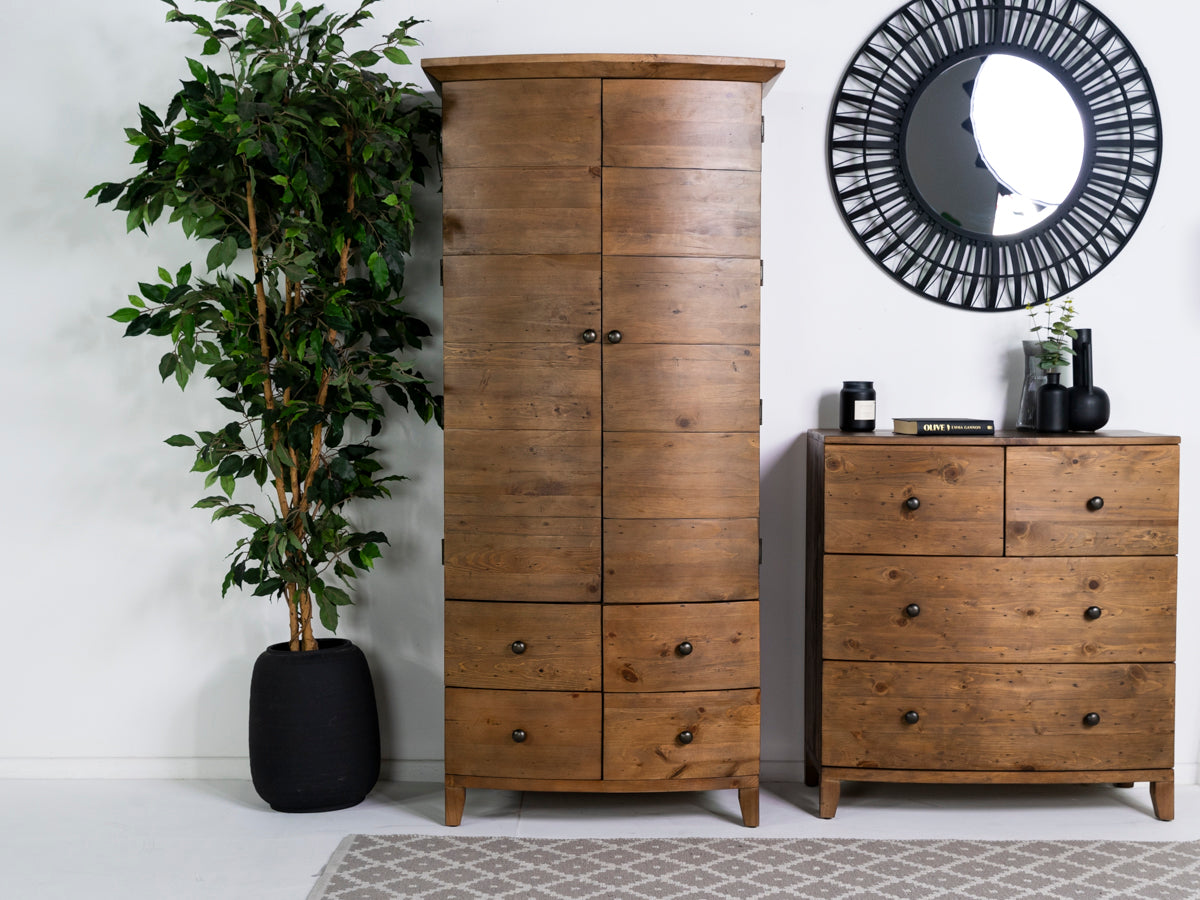
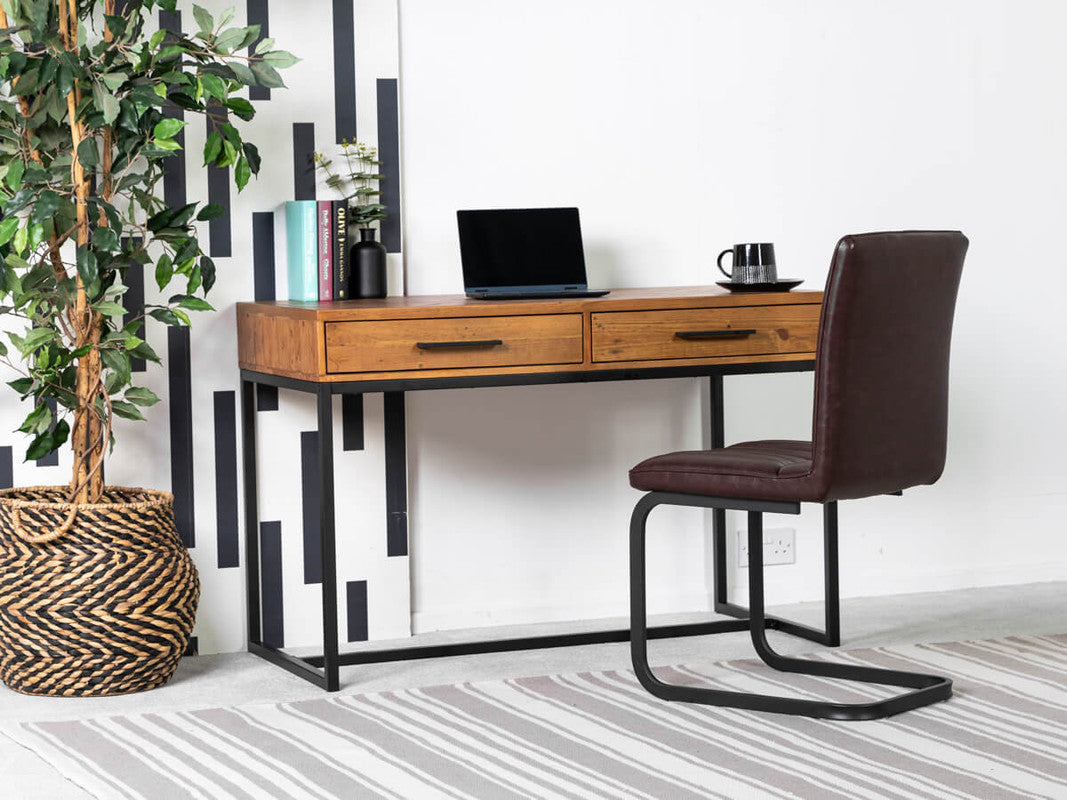
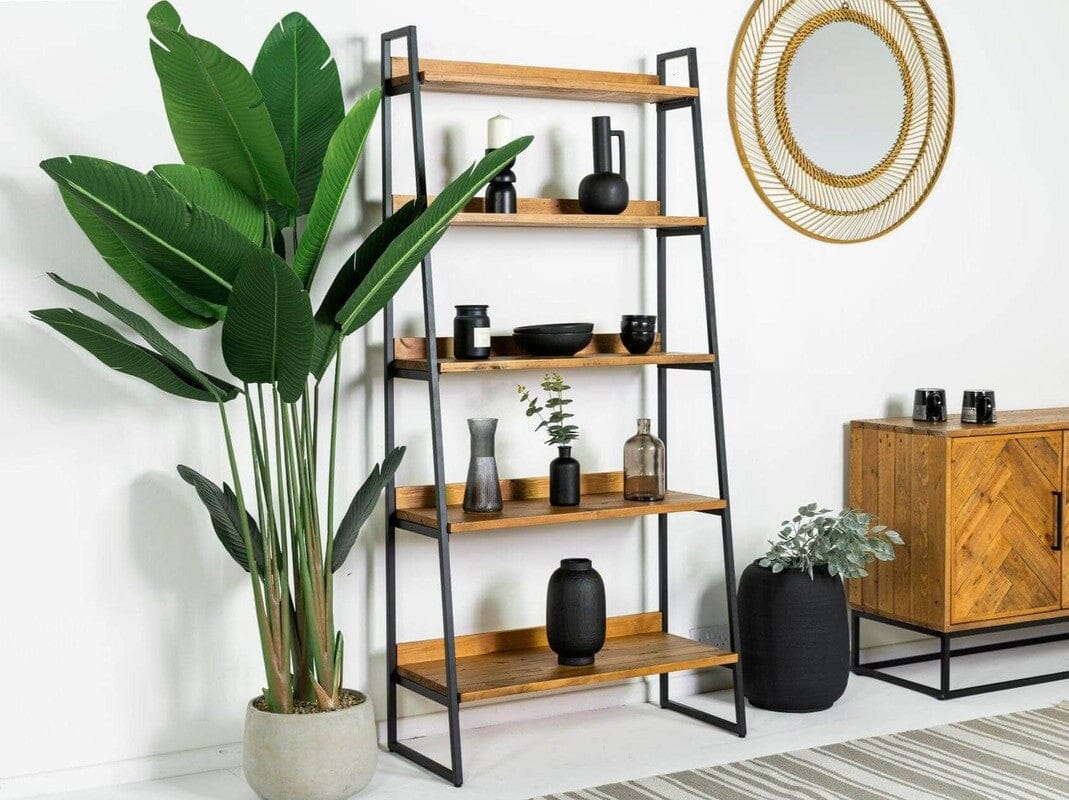
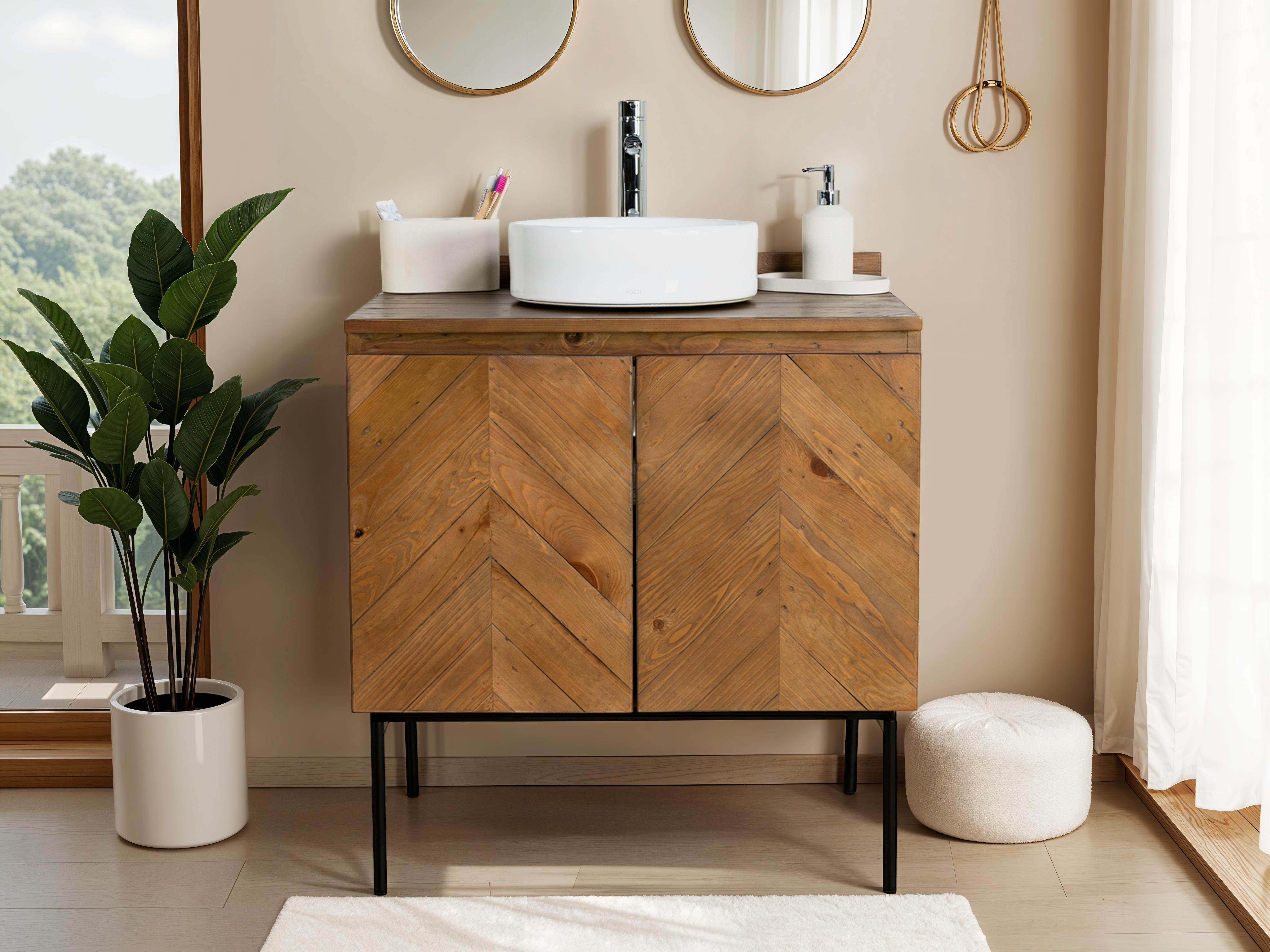
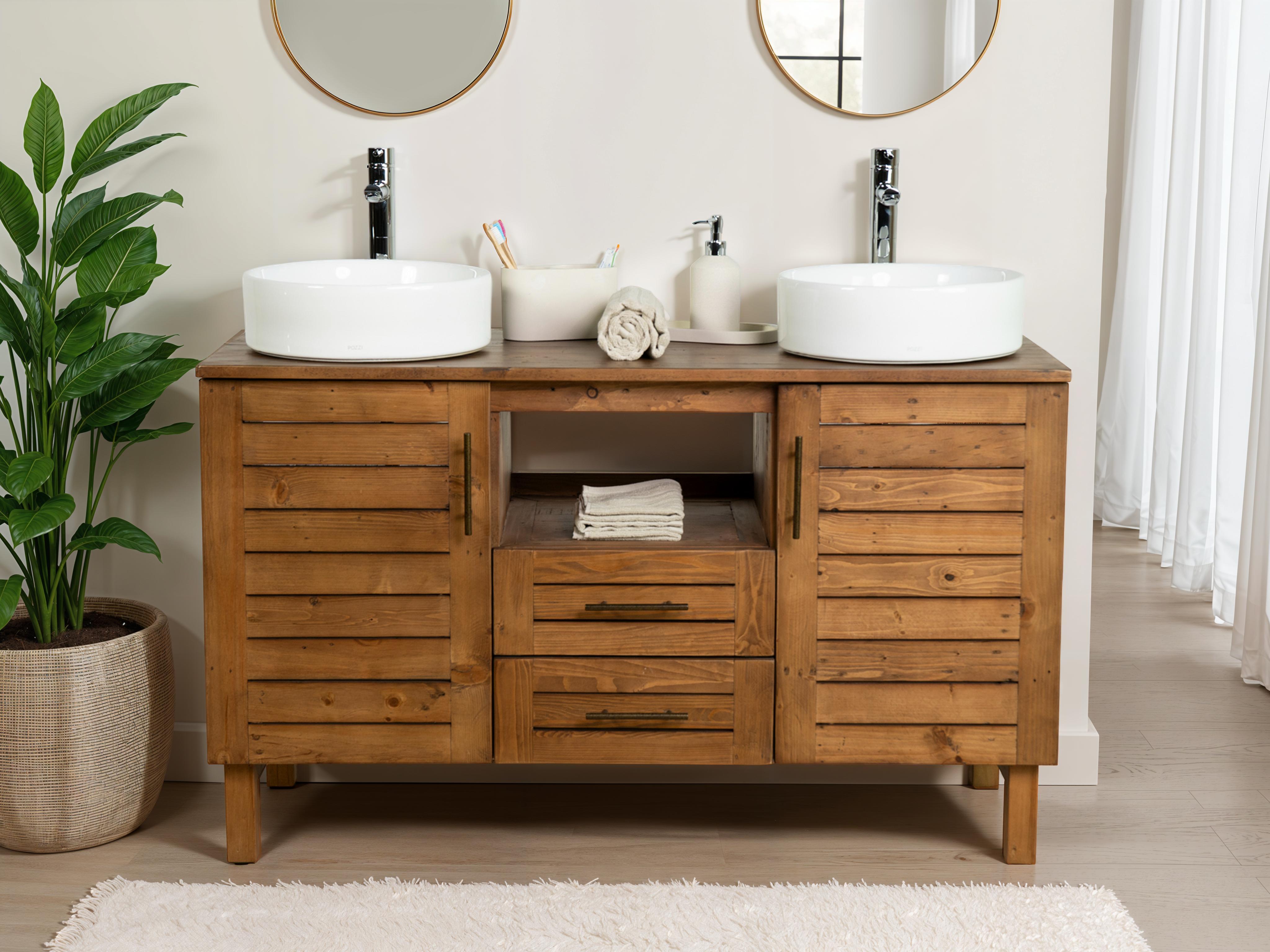
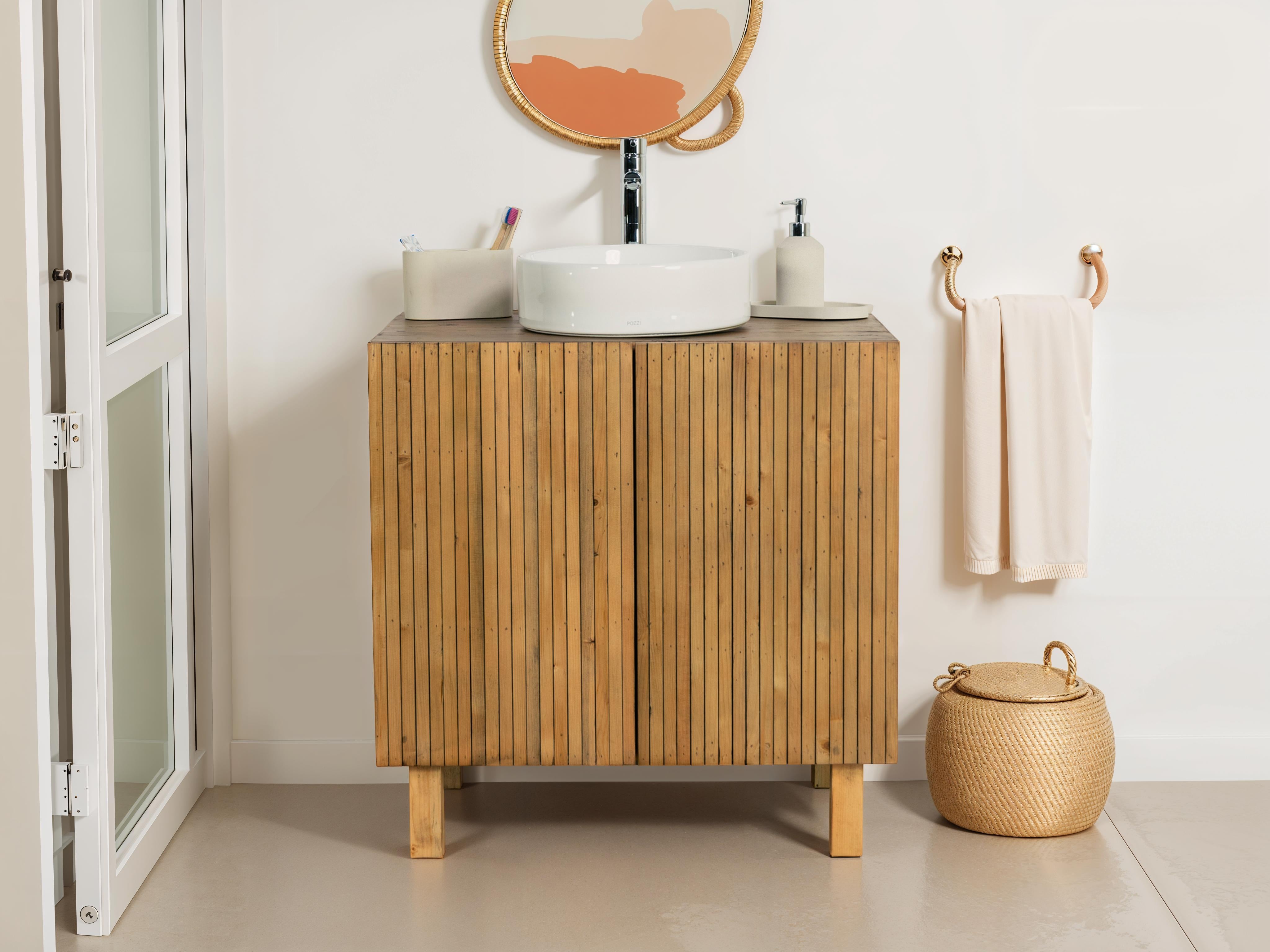



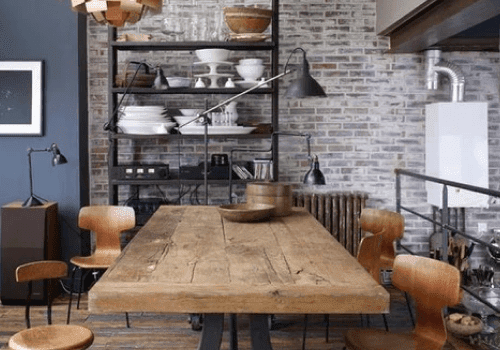
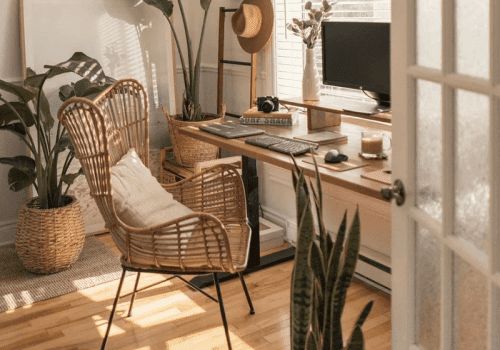
Leave a comment
This site is protected by hCaptcha and the hCaptcha Privacy Policy and Terms of Service apply.